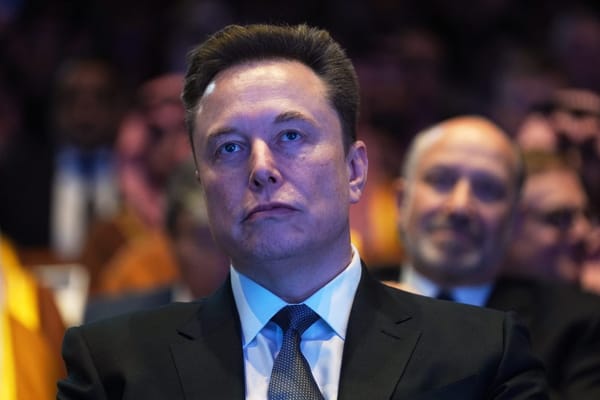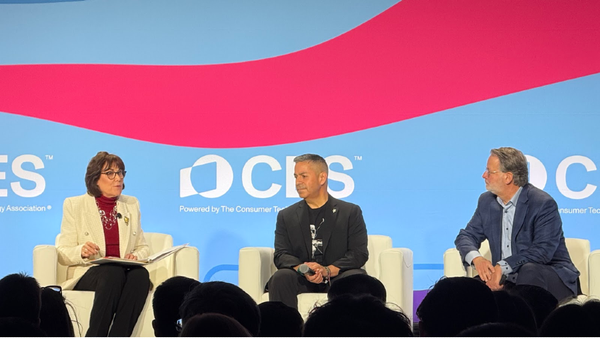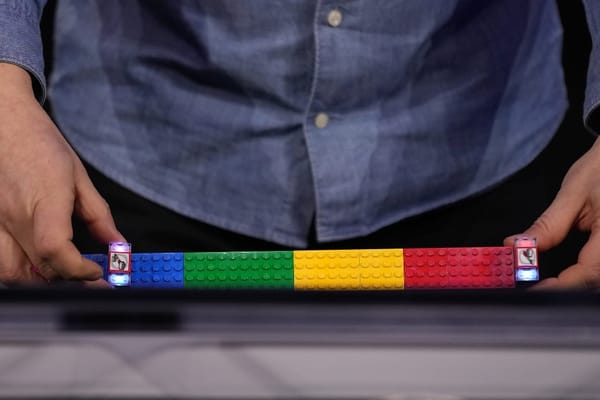AST SpaceMobile, Verizon, AT&T Share Low-Band Spectrum
The shared spectrum will ensure wider coverage that benefits subscribers to all companies.
Taormina Falsitta

July 2, 2024 – AST SpaceMobile will share with AT&T and Verizon a portion of their respective bands of 850 MHz spectrum to enable ubiquitous satellite coverage, it announced Monday.
Spectrum is the range of frequencies used for wireless communication. The 850 MHz band has the ability to travel longer distances and penetrate buildings, minimizes dead zones, and works with existing cellular networks and standard smartphones without requiring specialized equipment.
Partnership between the internet service providers ensures reliable cellular service even in remote areas without requiring special devices, said the company. For this, AST SpaceMobile uses space-to-cellphone technology.
“This is where this dual partnership comes in. This strategic move ensures wider coverage via shared spectrum that benefits both AT&T and Verizon subscribers,” the company said.
By sharing portions of their 850 MHz bands with AST SpaceMobile, AT&T and Verizon enable seamless, comprehensive connectivity across the United States. The collaboration ensures that subscribers of both carriers benefit from the shared spectrum, they said.
AST SpaceMobile announced its partnership with Verizon and AT&T in May. The partnership brings additional funding that will accelerate AST SpaceMobile's mission to eliminate connectivity gaps across the U.S.
“AST SpaceMobile is now uniquely positioned to achieve a groundbreaking feat: target 100 percent geographical coverage throughout the continental U.S., the most valuable wireless market in the world,” said the company, adding that the 850 MHz spectrum band offers superior signal penetration, ensuring reliable service even in remote areas.
AST deploys Low Earth Orbit satellites with advanced technology to support its network. The company is also forming partnerships with other global carriers to expand this coverage worldwide.
There are some concerns about light pollution from LEO satellites which are becoming the brightest object in the sky after the moon.










Member discussion